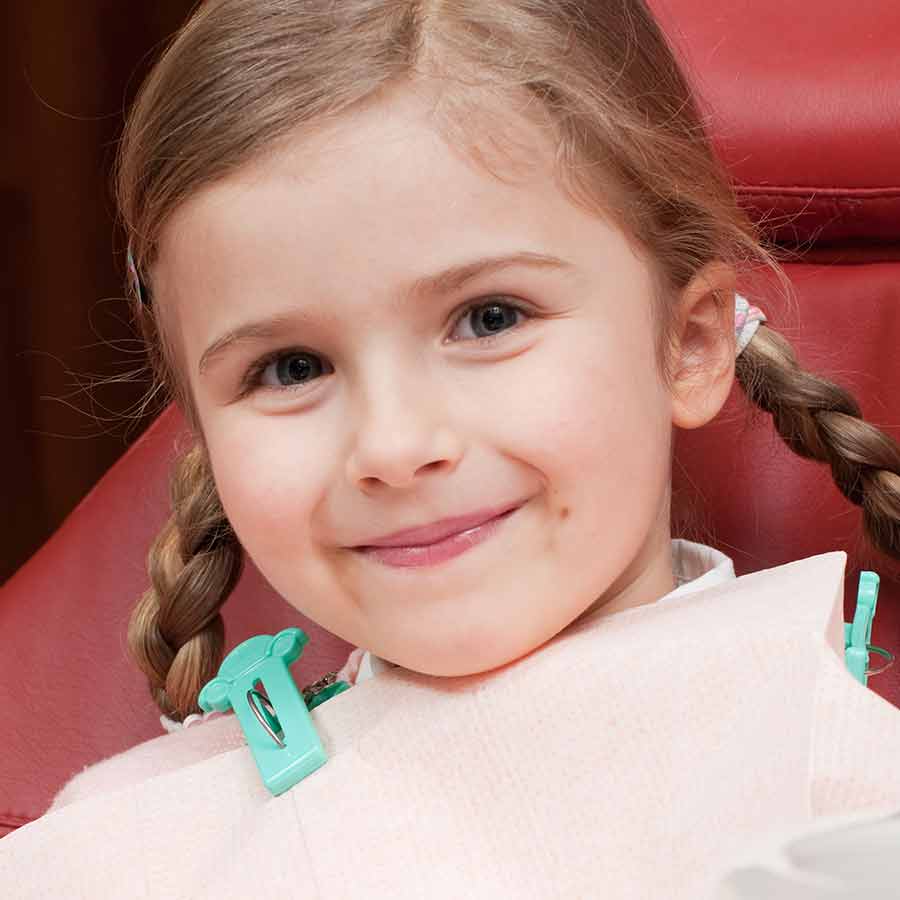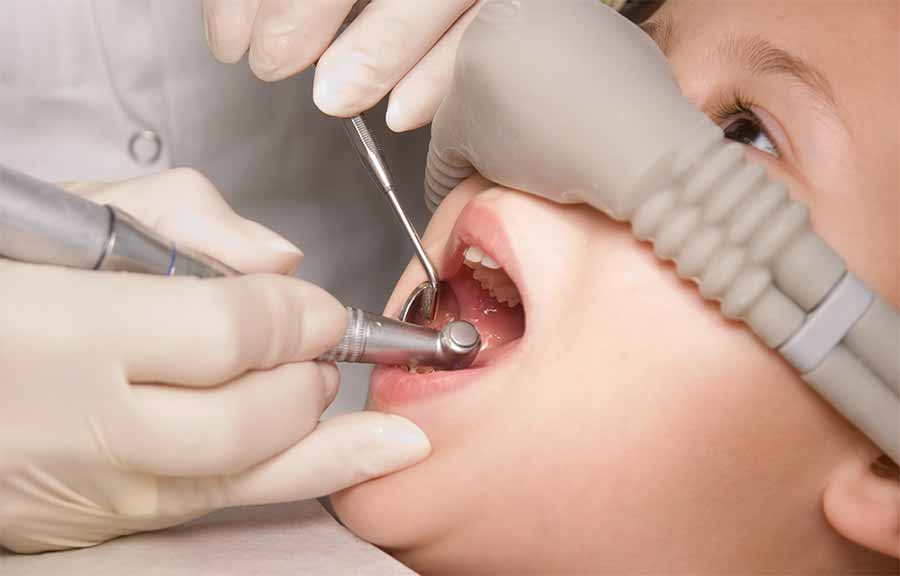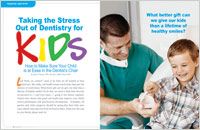Sedation Dentistry
Sedation dentistry refers to the use of sedation during dental treatment. Sedation is most commonly used during extensive procedures, for patients with dental phobia or for patients who find it difficult to sit still. There are different types of sedation, including nitrous oxide ("laughing gas"), IV sedation, oral sedatives and general anesthetic.
Sedation can range from the use of nitrous oxide to calm a patient to general anesthetics used to put patients to sleep. Patients with dental phobia, low pain tolerance, major dental treatment, physical handicaps or strong gag reflexes may require sedation. Procedures like fillings, crowns, bridges, root canals, extractions, cosmetic procedures and periodontal treatments often require sedation.
Sedation is endorsed by the American Dental Association and is an effective way to make many patients comfortable during their dental visit. Before using a sedative or anesthetic, it is important to tell your pediatric dentist about any medications or medical treatments your child is receiving. Before administering any sedative or anesthetic, your pediatric dentist will talk to you about the process of sedation and pre- and post-sedation instructions.
 Some children are just too fearful to receive necessary dental care. In that type of situation, we may recommend conscious sedation with nitrous oxide to help make your child's experience of dental treatment stress-free.
Some children are just too fearful to receive necessary dental care. In that type of situation, we may recommend conscious sedation with nitrous oxide to help make your child's experience of dental treatment stress-free.
Nitrous oxide, a colorless gas with a slightly sweet odor, has been used in medicine for about a century. It's a safe and effective method of administering conscious sedation, which means that a child (or adult) will stay awake during the procedure, but feel completely relaxed — even happy. All bodily functions remain normal during the administration of nitrous oxide, and its effects wear off quickly afterwards.
How Is Nitrous Oxide Administered?
As a form of conscious sedation, nitrous oxide is inhaled through a small mask that fits comfortably over a child's nose. The gas is mixed with oxygen as it is being delivered, and both gases are always kept at a level that is safe for the body. In just a few minutes, the patient may start to experience a floating sensation, and perhaps some tingling in the hands and feet. That's a sign that the sedation is working. Once it has been verified that your child is calm and comfortable, and that the dose is correct, the dental procedure can begin.

Nitrous oxide itself isn't a substitute for a local anesthetic in children or adults as it's considered an anxiolytic, which means it makes anxiety disappear. However, for some pediatric procedures, a child receiving nitrous oxide may not need an anesthetic injection. Even if they do need a numbing shot, they won't mind at all while under sedation with nitrous oxide. Yet they won't be asleep — they'll be able to speak, be aware of what's going on, and they will remain in control during the procedure. In fact, the dose can be fine-tuned to just the level of sedation they need to make them comfortable yet alert.
When the procedure is over, the flow of nitrous oxide is decreased to zero, and the oxygen will be increased. After resting in the chair for a few minutes, the child will feel completely normal.
Who Can Benefit From Nitrous Oxide?
Any child whose anxiety would otherwise keep them out of the dental chair can benefit from conscious sedation with nitrous oxide. Before beginning treatment, we will take a complete medical history, including any medications your child is taking. We will make sure that your child is safe and comfortable. In fact, we sometimes create a fantasy of your child being an airplane pilot wearing their flight mask to encourage their imagination so that they have a good time during treatment. Afterwards, they will likely not remember a thing.
Related Articles

Taking the Stress Out of Dentistry for Kids Finding a dental practice should be like finding your child a cuddly warm blanket — a comfortable and secure environment in which real communication can occur. Nowadays, all parents and child caregivers should be saying that their little ones enjoy dental visits and even look forward to them. If this isn't the case in your family, our experts will tell you how it can be... Read Article
